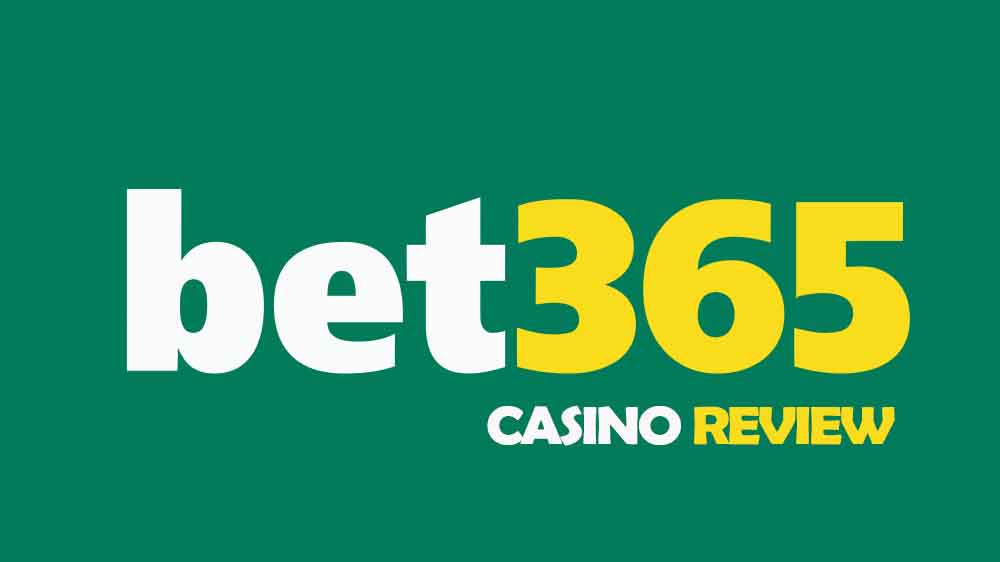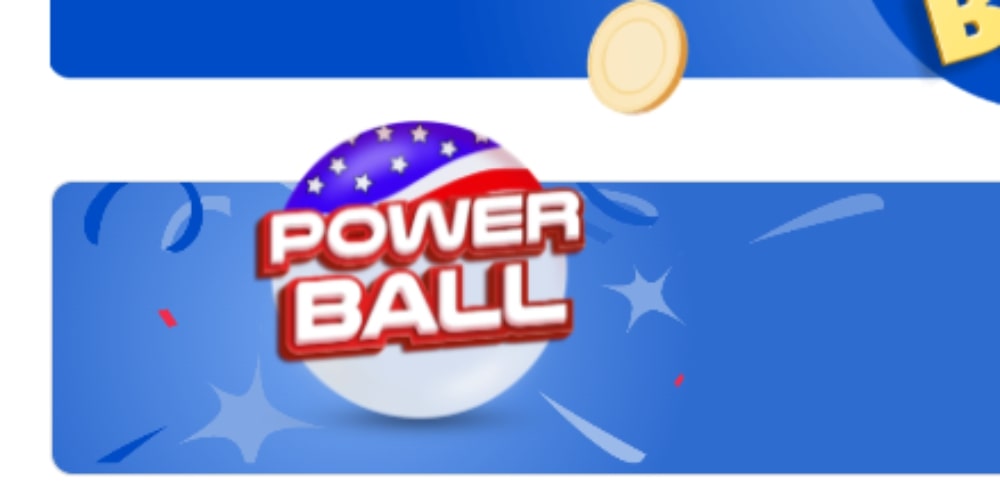PokerStars: The Rise and the Fall

Image source: Unknown author via Wikimedia Commons
When it comes to online poker sites, everyone and their dog can name PokerStars as being the largest site in the world. But the truth is, though that was once the case, they have been slowly slipping down the poker site rankings for a number of years now. When it comes to internet traffic, they are in second place, behind IDNPoker. And though PokerStars can claim 6,100 real money games being played each hour, IDNPoker sees almost 1,000 more. Just a few years ago, they were drawing in over 20,000 cash players each hour. So what happened? Why did the world’s biggest poker site fall from grace? Let’s rewind back to the beginning of their story to find the answers.
Humble Beginnings for PokerStars
Isai Scheinberg was an Israeli programmer who was working for IBM in Canada. Throughout the late 1990’s he’d been keeping himself busy in his spare time developing casino software for poker. In 2001, he finally had a product and launched Rational Enterprises. A short while later, he moved his operation offshore to Costa Rica and formed the website, PokerStars. They were already a few players in the online poker space, and the big daddy of them all was PartyPoker. In spite of this company being far in the lead, PokerStars started to make inroads in the market place and were soon snapping at the heels of PartyPoker.
Most of their success came down to having a good marketing strategy. This began in 2003 when they gave away the main prize in WSOP that year. An unknown accountant and amateur player from Tennessee, Chris Moneymaker (yes, that’s his real name!), was the winner of a satellite competition at the event, winning himself $10,000 through a $39 PokerStars competition. He would later go on to win the main event and go home $2.5 million richer. As you can imagine, PokerStars signed him up and marketed his good fortune to the heavens. The fact that he was an amateur and yet could take home the main prize of millions of dollars was the perfect message for a company looking for new poker players.

As a direct result, PokerStars saw a massive and sustainable rise in both traffic and memberships. They became, hands down, the best site to play poker. Though they were still behind PartyPoker, they were certainly catching up fast.
How PokerStars Became the Player’s Choice
After years of hard work, and with the site doing very well, Scheinberg decided it was time to sell the company. To that end, he commissioned NM Rothschild Bank to look into finding a buyer. Though it had been in operation for just 5 years, the valuation placed on the company was around $2 billion. But the Rank Group (famous for Bingo) and William Hill showed an interest. At the same time, PokerStars was also looking into having a London Stock market flotation. After all, the year before, PartyPoker has listed on the LSE for around $8.4 billion.
But all these aspirations were to go pear-shaped. In 2006, the US government passed the Unlawful Internet Gambling Enforcement Act (UIGEA). This legislation was against any gambling business being able to take payments from states where gambling is outlawed. Though the law wasn’t against poker sites, in particular, it did make continuing business more difficult, as it was becoming more and more difficult to accept deposits.
The silver lining for PokerStars was that their main competitor, PartyPoker, having formed a public company in London, had no other option but to exit the US market completely. Now the US market was wide open, and PokerStars was there to take advantage of the situation. It didn’t take long for the company to become the biggest poker site in the world. In 2009 and 2011, they held the two biggest poker tournaments ever held, coming in at 149,196 and 200,000 players taking part respectively. At the same time, they were pushing for larger prizes in the world level competitions. Away from official competitions, PokerStars liked to give leader-board prizes and rake-back deals.
Click here to visit the Intertops Poker
Coming out of Black Friday on Top
Of course, things are going to be looking good for your business, if your main competition has just left town. And so it proved. As they were one of only a handful of gambling websites that continued to serve the US, they reaped some pretty serious benefits. But all good things must end. On April 15th 2015, a day now christened as “Black Friday, Isai Scheinberg was indicted for money laundering. The thing was, that in order to keep the US end of the business up and running, they resorted to using shady payment processors as well as equally shady banks.
In the end, PokerStars agreed to leave the US market and pay a fine of $731 million. As you can well imagine, this exit from their most profitable market, put a serious dent in their bottom line. Still, unlike such players as UB Poker, Absolute Poker, and Full Tilt Poker who all declared bankruptcy, PokerStars was able to remain solvent and weather the storm.
PokerStars Meets Wall Street
Even after the disastrous Black Friday, PokerStars was still able to find new players across the globe. But due to Scheinberg’s ownership, the company was struggling to gain access into certain markets. In the end, Scheinberg managed to sell the site. With the backing of some big Wall Street banks and private investors, Amaya bought PokerStars for the tidy sum of $4.9 billion. This new owner, headed by the ever dashing David Baazov, promised to take the company to new heights. The idea was to grow PokerStars to become the largest online gambling giant, offering both poker and an assortment of other casino games. As if to prove their point, within the year they had launched PokerStars Casino. But in truth, Amaya had other plans for the brand, and poker was the least of them.

VIP Changes and Increased Rake Alienate Players
Though PokerStars were able to find considerable success, the hard facts were that after Black Friday, the whole internet poker industry has been in a gradual decline. Amaya took the decision that it might be wiser to diversify and look at other casino offerings, as opposed to having all it’s eggs in the one basket with poker. And after paying such a huge sum for the company, they were under a lot of pressure to show improvements. Depending on who you ask, this meant screwing over the very customer base that had grown the site over all those years.
So the VIP program took a hit. This meant that some of the high playing grinders would lose some of their rewards, with these being passed on to new customers. Amaya then ditched the top VIP level, called Supernova VIP. They also capped the amount of rake-back that the players could earn, limiting to 30%, down from 45%. After all, there’s only a finite amount of funds to play with. So any redistribution is going to hurt someone. The overall effect was that there was a massive reduction in VIP benefits.
Then in 2016, Baazov was forced to step down after insider trading accusations. To try and put past negatives to rest, the company re-branded itself as the “Stars Group”. But the emphasis was still on the bottom line and the need to make some painful cuts where necessary. To that end, in 2017, PokerStars once again slashed the existing VIP program. This time they deducted rewards for volume grinders and put out more random rewards. The owners claimed that they were just redistributing the wealth.
To create the best casino site to play, all these changes are fine and dandy, if the customer can see the benefit. Unfortunately, many could not and ended up finding the door.
Where Will PokerStars Rank in the Future?
Whatever your personal opinions on how the Stars Group acted, it should be pointed out that it’s their platform and they are perfectly entitled to twerk it as much as they wish. Since enabling this new policy, they have actually seen an increase in profits. And yet, traffic is down 50% from the past few years. One reason is the gradual decline of online poker throughout the industry. Most of the most important constituent of this decline is the way the company treated players. The fact that their program constantly changes the rake (always upwards) is proof positive that Stars Group doesn’t give a flying toss about it customers.

In the short term future, we can already see the company branching out into sportsbooks and casino games. Therefore they will surely be more profitable. But they are also continuing to lose traffic. Yes, we know that if you include all their web-based properties, then they are still the number one player in the poker space. But eventually, they’ll have to bow to the superior traffic numbers on players like IDNPoker.
Conclusion: PokerStars
We reckon that the fall will continue. This is not only due to the changing games map online, whereby poker is seeing it’s share decrease over time. But also because the Amaya group have a different vision of where they want the company to go. And only time will tell if they are correct.
Play Poker Online at Intertops














